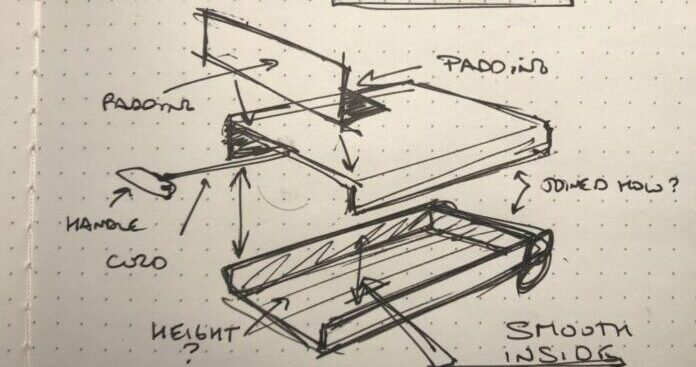
Inventions shape the world. From the wheel to smartphones, inventions have always been catalysts for societal progression. The act of inventing is not just a demonstration of human intelligence but also a testament to our relentless pursuit of betterment.
These transformative creations redefine industries, influence cultures, and fundamentally change how we perceive and interact with our environment. This post delves deep into the art and science of turning simple ideas into groundbreaking inventions.
The Creative Spark: Generating Invention Ideas

Every invention starts with an idea. But how do these ideas come to fruition? Techniques for sparking creativity vary, but some proven methods have stood the test of time. Brainstorming sessions are an age-old tactic where groups collaborate to generate ideas spontaneously.
These free-thinking environments often lead to “aha” moments. Mind mapping is another technique that visually represents thoughts, helping to structure and expand on them. It can be particularly useful in delineating a concept’s different facets.
Problem-solving, on the other hand, focuses on identifying challenges and conceptualizing solutions. For more info on creative ideation techniques, click here.
Identifying Needs and Problems
Inventions often emerge out of necessity. Identifying unmet needs or unresolved problems in society is a fertile ground for innovation. Take eyeglasses, for instance. The need to correct vision led to their invention.
Similarly, the challenge of accessing distant information quickly birthed the internet. By keeping an ear to the ground and staying attuned to societal needs, one can pinpoint opportunities ripe for invention.
Market Research and Validation

Once you’ve hatched an idea, it’s crucial to assess its viability. This is where market research comes in. By studying potential competitors, target audiences, and market trends, one can gauge the demand for the proposed invention.
Surveys, focus groups, and feasibility studies are tools that can validate or reshape your invention’s direction, ensuring it aligns with market needs.
From Concept to Design: Developing Your Invention
Transitioning from an abstract idea to a tangible product is a thrilling journey. It starts with prototyping – creating a preliminary model of your invention. This prototype undergoes various design iterations, continually refined based on feedback and testing.
This cycle ensures that the final invention not only works but excels in its intended function.
Legal Considerations: Patents and Intellectual Property

In the world of inventions, an idea’s protection is paramount. This is where patents come into play. A patent grants inventors exclusive rights to their creation, preventing others from copying or selling it.
Before diving deep into patenting, it’s crucial to conduct a patent search to ensure no similar patents exist. Given the legal intricacies, consulting experts in intellectual property can be invaluable.
Funding and Resources for Invention Development
Breathing life into an invention often requires capital. Multiple avenues can fund your venture. Grants are non-repayable funds allocated for research and development. Angel investors and venture capitalists, on the other hand, offer capital in exchange for equity.
Crowdfunding platforms like Kickstarter allow the public to back your invention, while bootstrapping involves self-funding your venture. Additionally, resources like incubators, makerspaces, and innovation hubs provide inventors with tools, mentorship, and a conducive environment for growth.
Bringing Your Invention to Market

The final frontier in the invention journey is its market introduction. This phase demands a strategic approach, from choosing distribution channels to forging partnerships. Depending on your invention, you might opt for direct sales, online platforms, or retail distribution.
Licensing allows other companies to produce and sell your invention, providing you royalties in return.
Collaborative partnerships can enhance your invention’s reach, and as demand grows, scaling production becomes pivotal to meet market needs. If you like this topic and would like to read more about innovations, check our article on innovation icons and discover their remarkable inventions.








